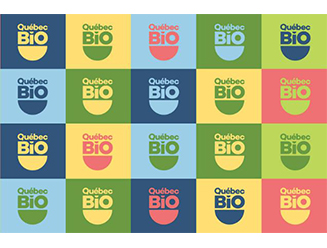Millennium but still new!
It is in East Asia that one begins to consume this drink made up of fermented sweet tea. It then appears in Europe, but only in the 20th century. Tea is not fermented by any microorganisms. In fact, it is a symbiotic association between bacteria and yeasts. It is therefore that they live together, in harmony. During the fermentation of the tea, it forms a “mushroom” which is in fact made up of dozens of species of bacteria and different yeasts.
But it is not an individualized living being, but a symbiotic whole, a community of living beings, each satisfying the reciprocal needs because of their association. It is a colony of yeasts (Saccharomyces), beneficial acetic bacteria (a bacterium predominates: an Acetobacter) and fake yeasts (Mycoderma vini). This symbiosis takes place inside a “slab” in pure cellulose created by certain bacteria, which will also be called “mushroom”, “ferment” or “disk”. This “mushroom” will be lactofermentation on a basis of sugar and tea, providing a source of minerals, which it will “feed”.
Soft drinks are becoming less popular, and that’s good! People who are concerned about their health are therefore massively turning to alternatives that seem more beneficial. This is how kombucha, a drink that has been consumed for at least 2000 years, comes to life, but which is experiencing a new moment of glory.
Kombucha, a simple sweet drink?
To make kombucha, add 5 to 8 grams of sugar per 100 ml of tea. For comparison, a soft drink contains about 10 grams of sugar per 100 ml. However, in the case of kombucha, fermentation changes its nutritional profile. Yeasts feed on sucrose added to tea to turn it into glucose and fructose. Then, the acetic bacteria present in turn feed on glucose to form acids. Thus, the longer the fermentation time is, the less the drink is sweet and the more it becomes acidic or even vinegar.





